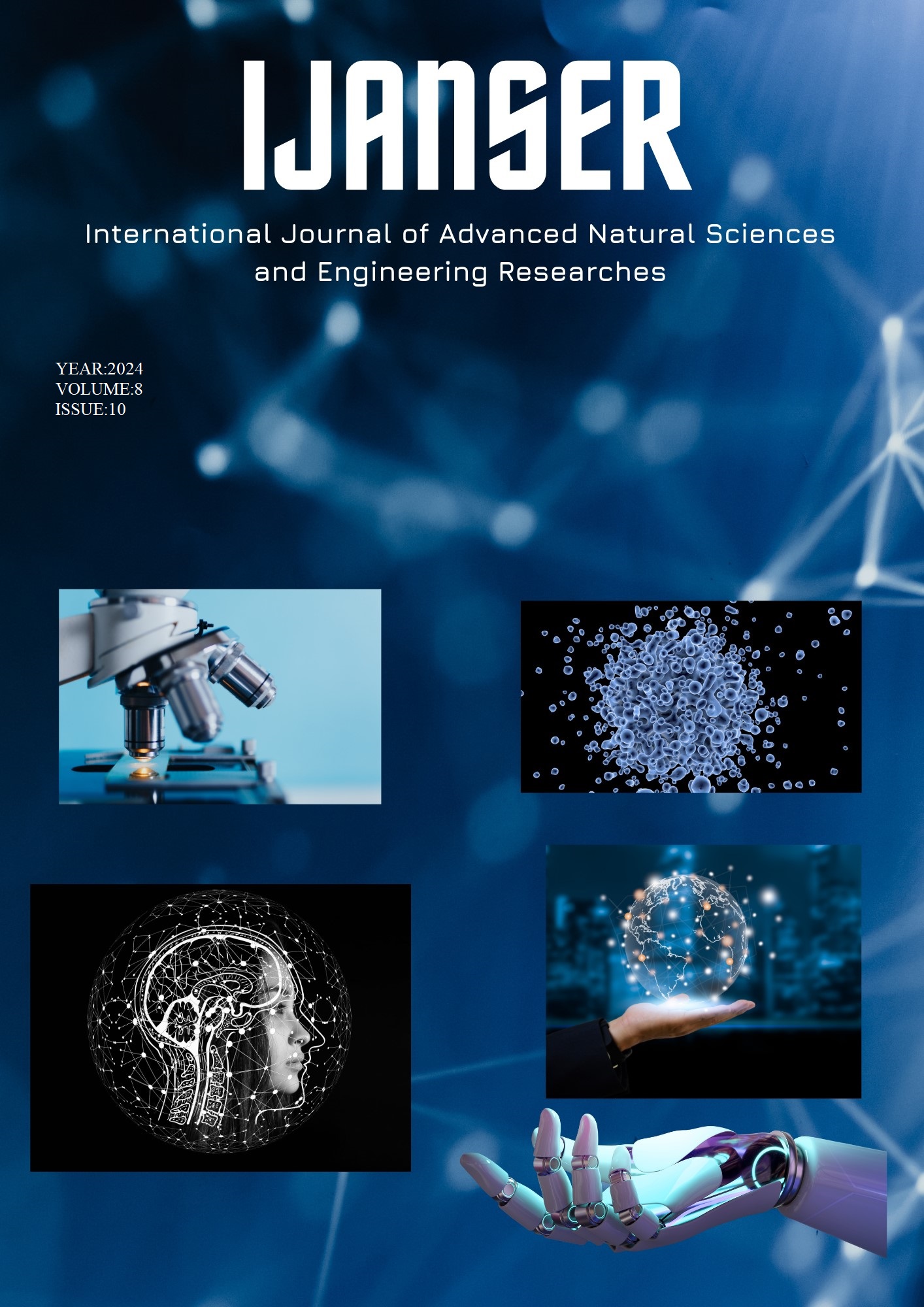Abundance of hard ticks in different regions of Albania
Keywords:
Abundance, Hard Ticks, Region, Distribution, Season, AlbaniaAbstract
Ticks are vertebrate ectoparasites and vectors of serious diseases such as Crimean Congo Hemorrhagic Fever, Relapsing Fever, and various forms of encephalitis. Spatial assessment of the prevalence of ticks and detection of high risk areas for tick-borne disease transmission and evaluation of ecological measures are key aims of this research. In total, 652 specimens were collected during the year 2024, distributed proportionally across the four regional directorates of Agriculture. Of these, 335 were collected during and 317 during the autumn season. The highest infestation level in the country was observed during the spring-summer period, with 0.041875 ticks per square meter, compared to 0.039625 ticks per square meter during the autumn season. The overall infestation level for the territory was 0.04075 ticks per square meter. The Korça region was found to be the least infested with 0.034 ticks per square meter (0.0355 in spring-summer and 0.0325 in autumn). The regional directorate of Vlora had the highest infestation level with 0.048 ticks per square meter (0.0475 in spring-summer and 0.0485 in autumn). The results of tick presence in the environment showed the significant burden on our country, the considerable impact of environmental conditions, and the high risk they pose in specific areas and time periods. The data indicate the need for monitoring tick populations in various regions and raising public awareness about the damages they cause not only to livestock production but also to public health, as transmitters of many dangerous zoonotic diseases. We emphasize the importance of continuous monitoring of the ticks population, particularly under the conditions of drastic climate changes, in order to develop timely and effective preventive strategies.
Downloads
References
A. Estrada-Peña, A.D. Mihalca,T.N. Petney. Ticks of Europe and North Africa: a guide to species identification. Cham: Springer International Publishing; 2017.
A.A. Guglielmonte, S. Nava, G.R. Robins. , Geographic distribution of the hard ticks (Acari: Ixodida: Ixodidae) of the world by countries and territories. Zootaksa, Monograph, vol.5251, pp.1-274, 2023.
B. Bizhga. Parazitologjiaveterinare, Parasitology book, Gear publishing, pp. 705, 2013.
B. Bizhga, B. Sonmez, L.Bardhaj, K.Sherifi, O. Gundemir, S. Duro. Hyalommaaegyptium the dominant hard tick in. tortoises Tesdudohermanniboettgeri found in different regions of Albania. Int J Parasitol Parasites Wildl, vol. 8:17, pp. 199-204, 2022.
B.Bizhga, Xh. Koleci, F. Selami. Manual identification of Ixodidae ticks in Albania (1990-2011). Albshkenca, 2011.
B. Defaye, S. Moutailler, V. Pasqualini, Y. Quilichini, Distribution of Tick-Borne Pathogens in Domestic Animals and Their Ticks in the Countries of the Mediterranean Basin between 2000 and 2021: A Systematic Review. Microorganisms, vol.10, pp.1236, 2022.
D. Xhaxhiu, I. Kusi, D. Rapti et al. Ectoparasites of dogs and cats in Albania. Parasitol Res, vol.105, 1577–1587, 2009.
N. Kapo, I. ZuberBogdanović, E. Gagović et al. Ixodid ticks and zoonotic tick-borne pathogens of the Western Balkans. Parasites Vectors, vol.17, pp.45, 2024.





